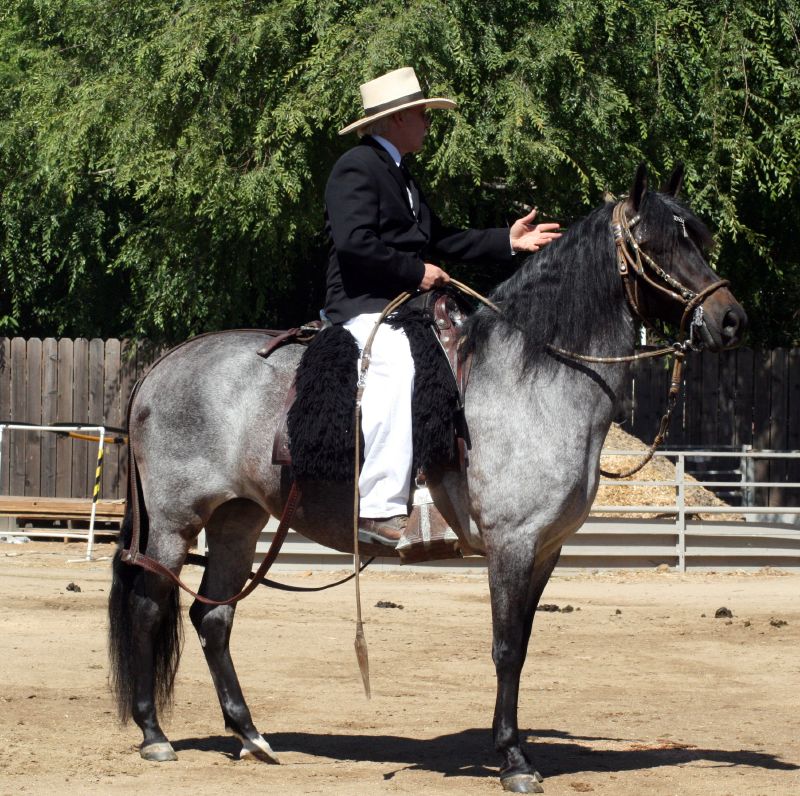terrigerth
Member
- Joined
- May 9, 2016
- Messages
- 5
- Reaction score
- 0
I am still relatively new to rabbits in general, my two breeds (Rex and Silver Fox), and genetics. I've had some funky kits show up in the Silver Fox nest boxes and have decided to take a few years to sort out what genetics I might be dealing with as well as how they interact to produce showable Silver Fox. Here is an album of pics to go with this narrative.
 The first funky was a litter with what I called the "Mama Ran Out of Toner" kit which has since been named Two Tone. The lighter areas (butt end) was heavily silvered as soon as the fur grew and remained far more silvered up until late junior fur when he evened out to a normal amount of silvering throughout his coat. However, he is far more matted than any of my other SF leading me to wonder if he has increased wool modifiers. I have kept this buck for test breeding with a castor Rex doe. The litter is now 10 days old and appears to have at least one gold tipped steel kit in the mix.
The first funky was a litter with what I called the "Mama Ran Out of Toner" kit which has since been named Two Tone. The lighter areas (butt end) was heavily silvered as soon as the fur grew and remained far more silvered up until late junior fur when he evened out to a normal amount of silvering throughout his coat. However, he is far more matted than any of my other SF leading me to wonder if he has increased wool modifiers. I have kept this buck for test breeding with a castor Rex doe. The litter is now 10 days old and appears to have at least one gold tipped steel kit in the mix.
The second funky is a litter born in March 2016. The dam is a black Silver Fox, sire is a REW Silver Fox. Both parents are totally unrelated to the parents of the kit above. The litter of four kits contained three that appeared to be harlequin at birth due to the mottled skin tones. Again, as soon as the fur began to develop, the kits were heavily silvered causing them to appear like junior Champagne kits. They are currently 7 weeks old and have maintained this extreme silvering to date.
I have asked long time SF breeders to help me understand what is happening that caused these kits to be different but they are not able to answer the question. Because I'm a nerd, I must know. So, I've been gathering as many reasonable suggestions as possible including the steel gene, silvering gene, wool gene, and sable coloring. It could be a combination of any or all of those and others not yet identified. Any help in my search and understanding will be much appreciated. BUT, please do not just guess. If you have no clue, feel free to follow to gain information. This rabbit hole is plenty deep and wide as it is. In case I messed up the pics, here's attempt two to link them. https://www.facebook.com/terri.browning.754/media_set?set=a.10208257816621953.1073741854.1199174180&type=3
The second funky is a litter born in March 2016. The dam is a black Silver Fox, sire is a REW Silver Fox. Both parents are totally unrelated to the parents of the kit above. The litter of four kits contained three that appeared to be harlequin at birth due to the mottled skin tones. Again, as soon as the fur began to develop, the kits were heavily silvered causing them to appear like junior Champagne kits. They are currently 7 weeks old and have maintained this extreme silvering to date.
I have asked long time SF breeders to help me understand what is happening that caused these kits to be different but they are not able to answer the question. Because I'm a nerd, I must know. So, I've been gathering as many reasonable suggestions as possible including the steel gene, silvering gene, wool gene, and sable coloring. It could be a combination of any or all of those and others not yet identified. Any help in my search and understanding will be much appreciated. BUT, please do not just guess. If you have no clue, feel free to follow to gain information. This rabbit hole is plenty deep and wide as it is. In case I messed up the pics, here's attempt two to link them. https://www.facebook.com/terri.browning.754/media_set?set=a.10208257816621953.1073741854.1199174180&type=3




























































